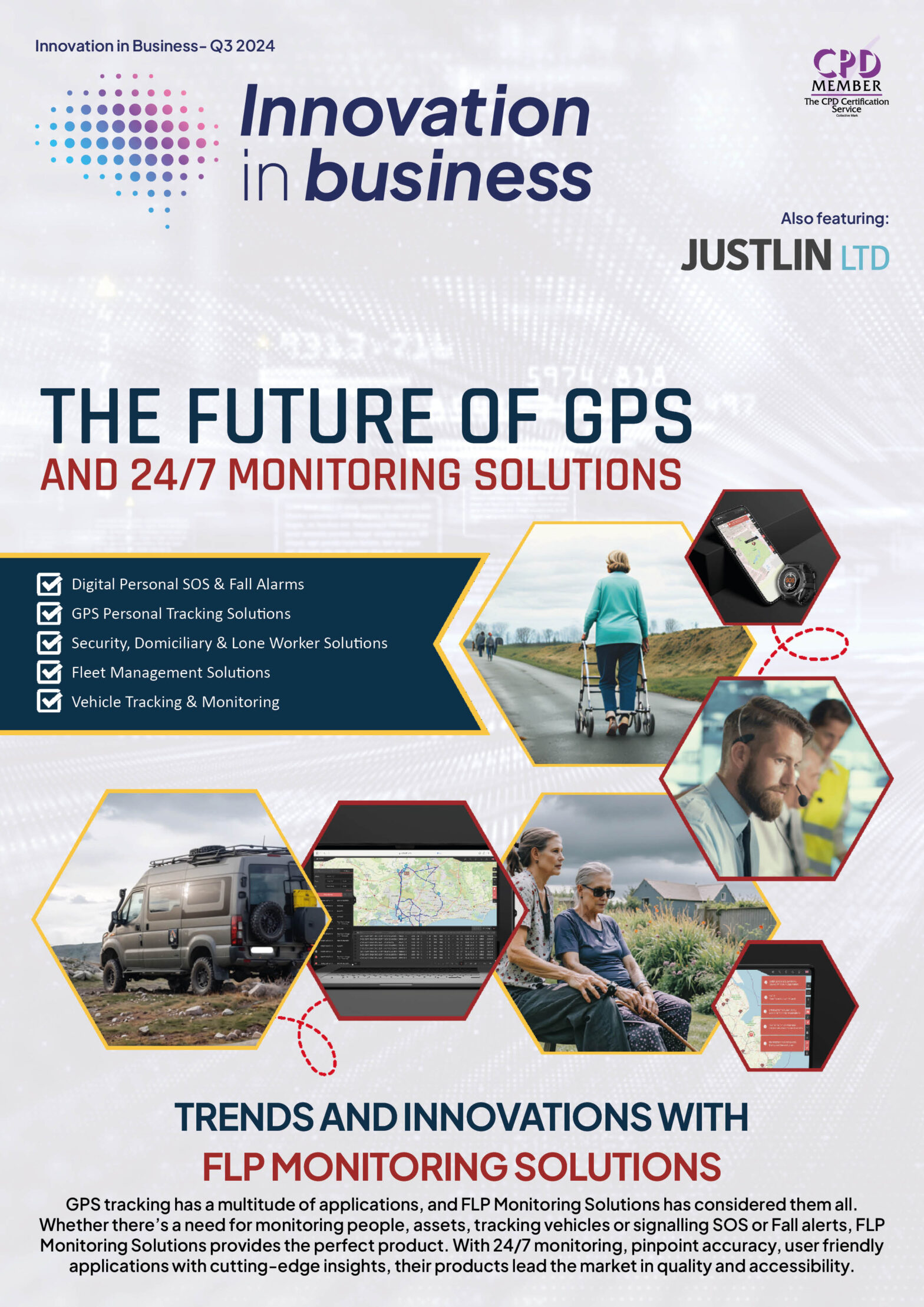

Personalisation has reshaped how businesses connect with customers, yet striking the right tone often feels elusive. While over 80% of consumers want experiences shaped to their preferences, many still find themselves at odds with efforts that feel generic, invasive, or simply off the mark.
This gap presents an opportunity for businesses to break new ground. Let’s explore how companies can rethink personalisation in this digitally driven world, blending innovation and authentic connection to offer experiences that truly feel personal in all the right ways.
Focus on Value, Not Just Sales
Instead of solely pushing promotions or recommending items based on past behaviour, businesses can highlight resources, tips, or content that truly help solve a problem or enrich a customer’s day. This could mean sharing relevant how-to guides, insightful blog posts, or expert advice that meets their unique needs. When brands focus on delivering value, it shifts the interaction from a sales pitch to a helpful exchange, creating a more supportive and meaningful connection.
Bridge Online and Offline Worlds
Personalisation today goes far beyond adding a customer’s name to an email or sending reminders about abandoned carts. As consumers move fluidly across various devices, platforms, and real-world touchpoints, any disruption, such as irrelevant ads or disjointed user experiences, becomes obvious.
The real challenge lies in ensuring that personalisation doesn’t stop in the digital world. While aligning with a customer’s online journey is crucial, creating experiences that naturally extend into the physical world is just as important. The key is to connect successfully across all platforms, ensuring those interactions flow seamlessly and create a unified experience. Achieving this requires consistency and effort at every touchpoint.
Here are some ways businesses can blend the digital and real-world experiences to create a cohesive journey:
- Attending Events: Rather than treating events as separate from the customer’s digital experience, businesses can bring the online journey to life. Offering personalised event experiences, like VIP access or special product demonstrations based on a customer’s online interactions, helps them feel recognised and valued online and in the real world.
- In-store Personalisation: With rich customer data, businesses can enhance in-store experiences. When customers walk into a store, they can be greeted with recommendations drawn from their online browsing history or past purchases. Syncing loyalty rewards or offering exclusive discounts based on their digital activity ensures a seamless transition between online and in-store shopping.
- Interactive Displays: At events or in-store, interactive displays can bridge the digital and physical worlds. Digital screens showcase products a customer has recently viewed online and provide a continuous, engaging experience. Meanwhile, premium display stands can be customised to highlight the products most relevant to the customer, creating a more immersive experience.
- Seamless Omnichannel Experiences: Ensuring a smooth omnichannel experience is key. Shopping carts or wish lists that sync between online and physical stores allow customers to pick up right where they left off. Offering personalised offers based on in-store visits or mobile app interactions ensures a consistent experience that customers appreciate.
Stay Transparent and Respectful
In today’s data-driven world, personalisation hinges on effectively collecting and using customer data, but it’s important to approach this with transparency and respect. Customers expect businesses to be upfront about what data is being collected and why. They want to feel confident that their personal information is handled securely and responsibly. Being transparent about these practices builds trust and ensures customers feel empowered to make informed decisions about how their data is used.
In addition to transparency, offering clear and simple ways for customers to manage their preferences matters. Whether opting in or out of certain marketing communications or controlling what information they share, giving customers control over their data is essential to maintaining a positive relationship. This flexibility helps customers feel valued, respected, and in charge of their personal information, which can significantly enhance their loyalty to the brand.
Adapt Over Time
Consumers’ needs always change, and your strategy should keep up with them. What works today might not be as effective tomorrow, so it’s important to stay flexible and evolve alongside your customers.
Personalisation isn’t something you set once and forget—it’s an ongoing process that needs attention and adjustments. By monitoring feedback, regularly checking in with your customers, and reviewing what’s hitting the mark (or not), you can ensure that your approach stays in tune with their needs.
Understanding your customers’ shifting preferences through surveys, chats, or just observing their behaviours helps you refine your strategy. Attending events or partnering with an experiential marketing agency can provide great insights, allowing you to create even more personalised experiences in the future.
Even small changes can have a big impact, making your brand feel more personal and truly connected with your customers.
To Sum Up
Personalisation has the power to turn everyday transactions into meaningful, memorable experiences. But the real benefits come when businesses approach it with care—using the right technology while keeping the customer at the centre of the process. When done responsibly, it can feel genuine and helpful. However, pushing too far or lacking transparency can backfire, as consumers can quickly tell when a strategy feels more manipulative than supportive.
As companies aim to find that sweet spot, it’s important to focus on ethics, listen to diverse customer perspectives, and stay open to adjusting when feedback suggests something isn’t quite right. By staying mindful and adaptable, businesses can build stronger, more trust-based relationships.

Technology
25 March 2025
Ransomware-As-A-Service Variants on the Rise With Critical Infrastructure Providers at the Greatest Risk

Business Advice
25 March 2025
Claims Processing Automation: How Insurers Can Cut Costs and Improve CX

Technology
18 March 2025
Secret Signs Your Internet Security Has Been Compromised






















